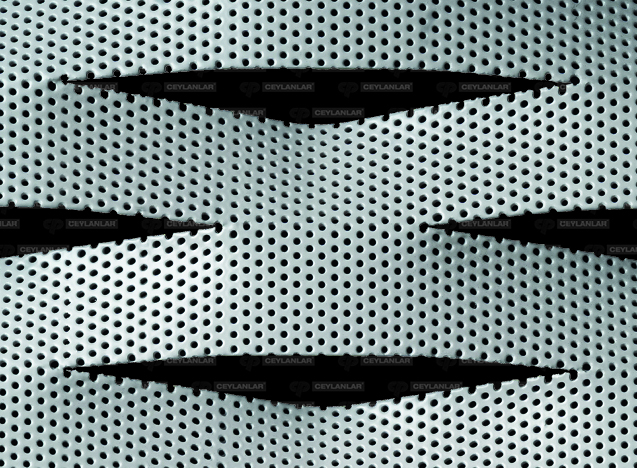Success in architecture entails taking a bundle of factors into consideration, such as functionality and innovation because they are the main players in design arena.
Expanded metal mesh enjoys distinctive advantages over other types of materials, they include aesthetic properties, resilience, and durability, in architectural design having those properties are essential, with having such advantages architects and designers can come to stylish architectural items like suspended ceilings, decorative screens and facades with allowing for adequate natural integration of light and supportive structural integrity.
Let's dive deeper and get to know the advantages of using expanded metal in architectural designs and construction.

Advantages of Using Expanded Metal in Architectural Designs
- Variability in Design: Designs with expanded metal mesh can offer many ideas for architects to be used in different fields mainly for modern architectural facades or interior elements, it can adapt to various styles and thus it is a preferred choice for contemporary aesthetics and industrial applications.
- Durability Enhancement: the ability to support environmental stresses has made expanded metal the perfect choice in construction as it is one of the critical advantages it provides, it is a durable architectural material, it can greatly resist corrosion and many external factors, suitably fit for applications like facades and sunshades.
- Cost-Effective and Lightweight: The expanded metal is lightweight it can reduce the structural load on buildings at the same time it is characterized by solidity and robustness, this feature lowers the costs of construction and makes the installation easier and more manageable.
- Natural Light Integration: expanded metal panels are widely known for their ability to distribute the flow of natural light in architecture evenly, resulting in a balance between privacy and lightening without compromising each other, furthermore, it can maintain comfort and provide efficiency for energy
- Customization: expanded metal panels come with flexibility to be customized according to any project needs, architects and designers are always in competition to provide customers with the desired unique and innovative metal designs they wish, this versatility is greatly attributed to its features like various patterns, finishes, and sizes available.
The Role of Expanded Metal in Architecture
- Exterior Applications: for facades, expanded metal is used as the primary material as it offers modern architectural attractiveness, and integrates functionality with unique aesthetics, it adds depth to the appearance and gives the building a special character at the same time serving as a protective layer against external elements.
- Interior Design Solutions: expanded metal is not only used externally but also internally for interior design and it is gaining popularity increasingly day by day it can esthetically enhance the appeal of room partitions, decorative walls, and ceiling panels.
- Innovativeness: Expanded metal is considered to have greater flexibility and cost-efficiency compared to other materials. The manufacturing process employed to produce them contribute to zero material wastage, making it the best practice for sustainable construction trends.
- Applications in Sustainable Architecture: green building practices are increasingly taking over nowadays, expanded metal plays an important role in this trend as it is lightweight and has the ability to extensively improve ventilation of building and control temperature within, and it also helps in sunlight filtration.
Contact us to get more information on standard and custom expanded metal meshes, ANB Metal is at your disposal to elevate your architectural projects.